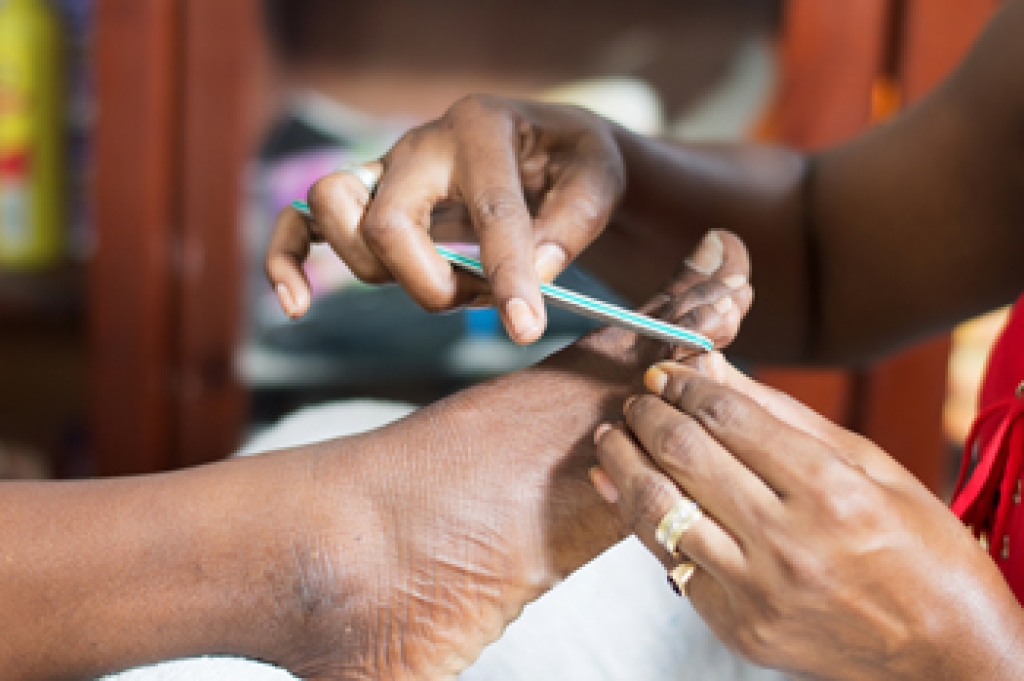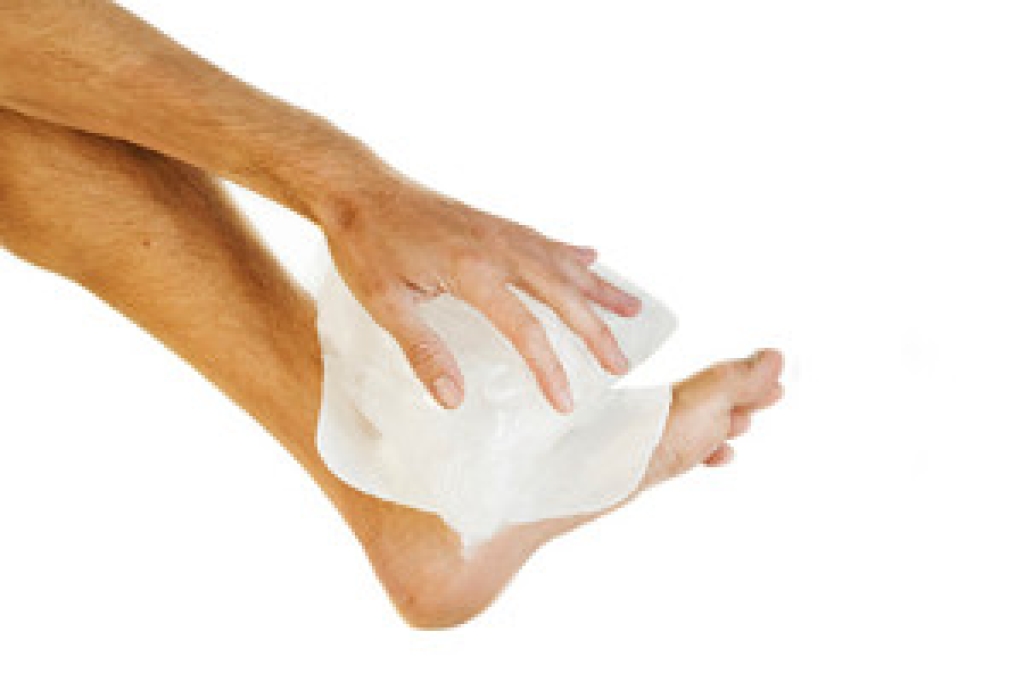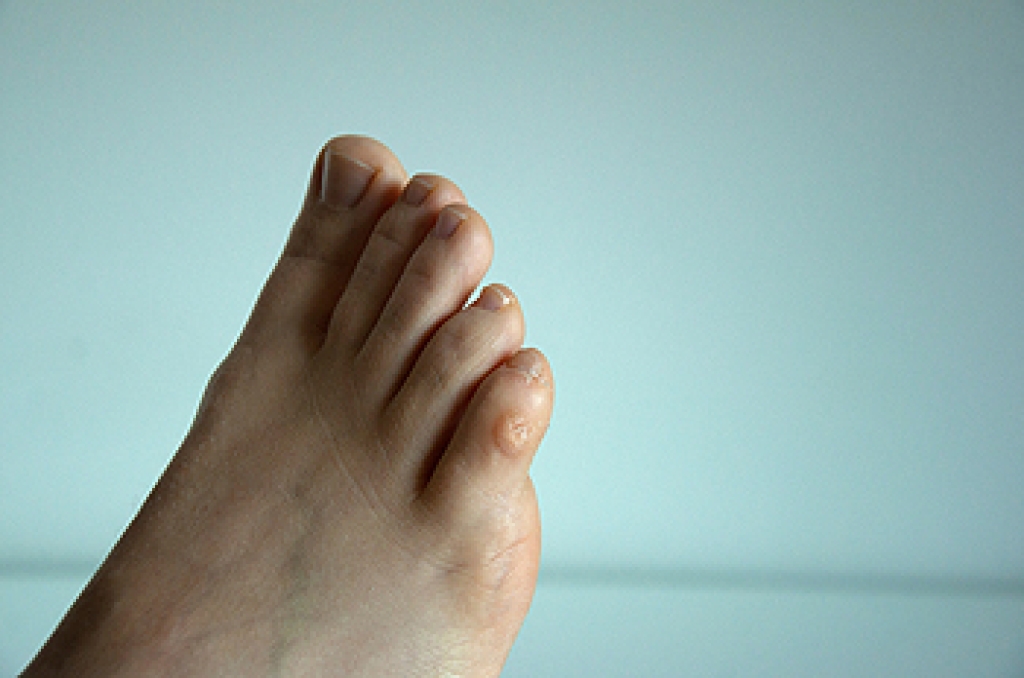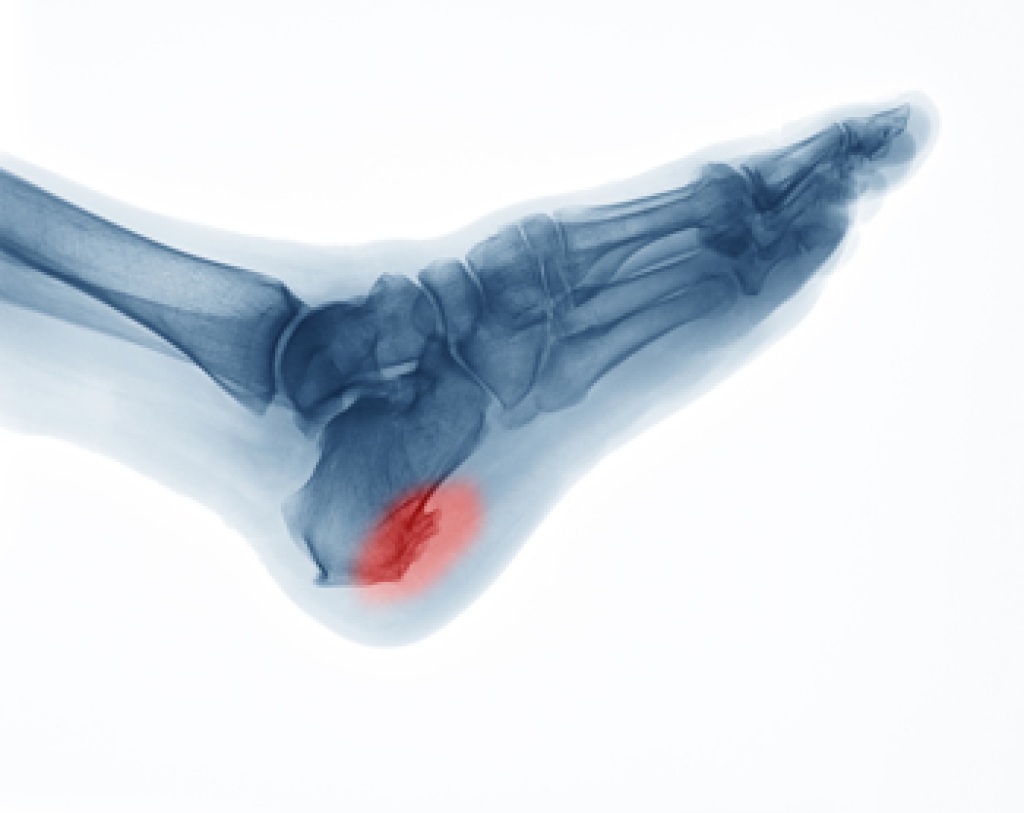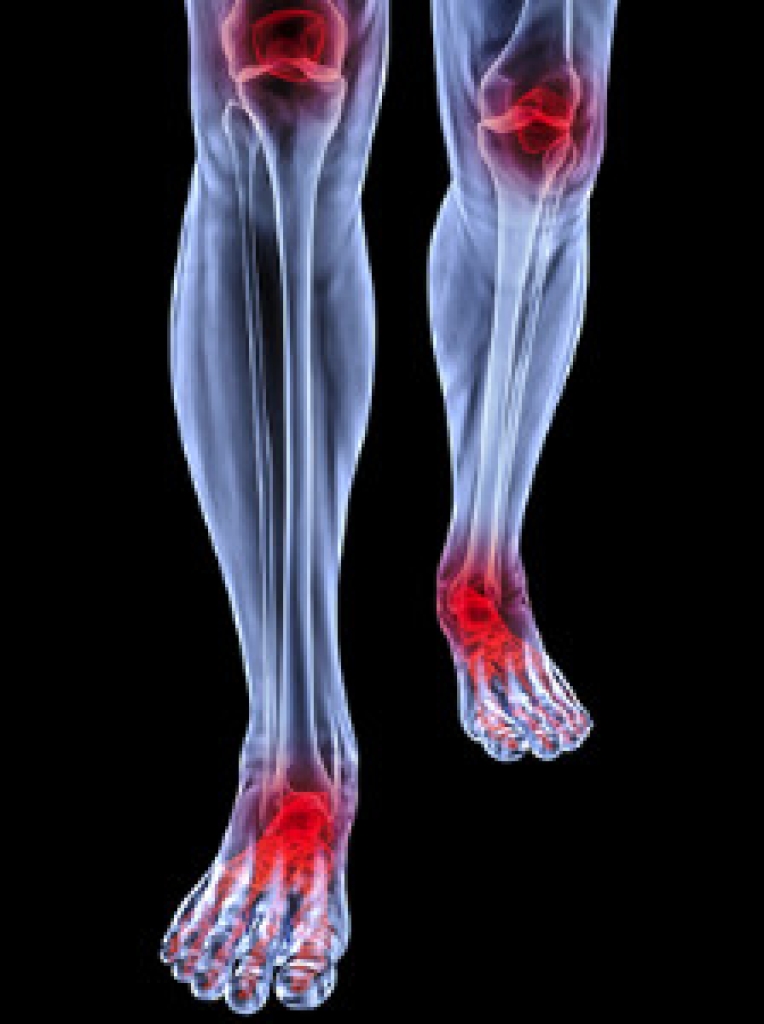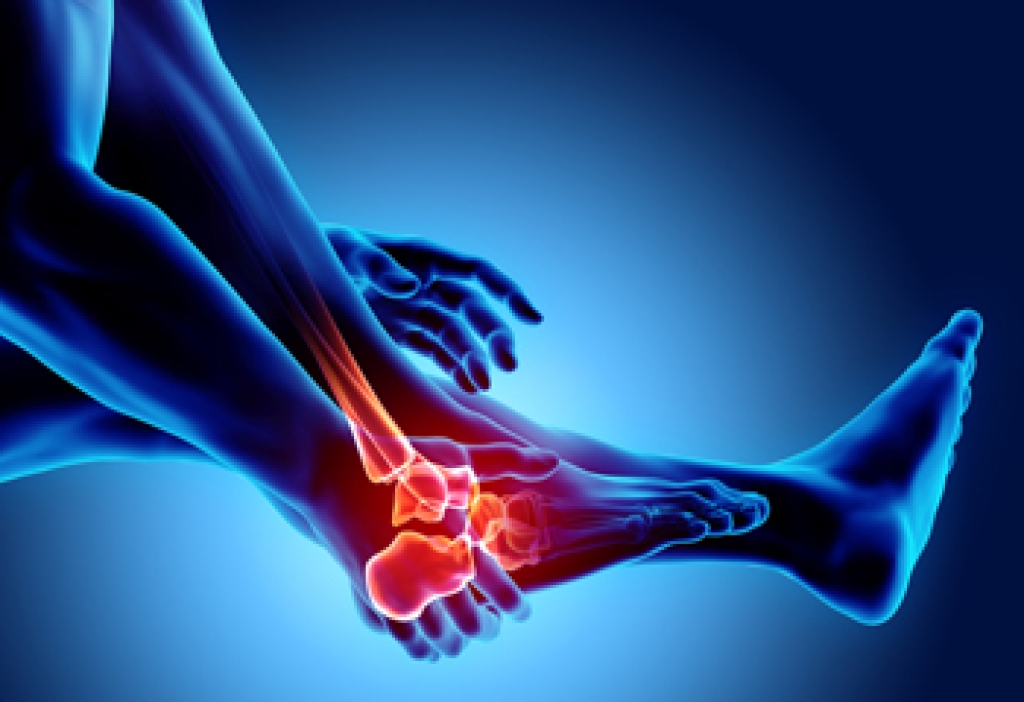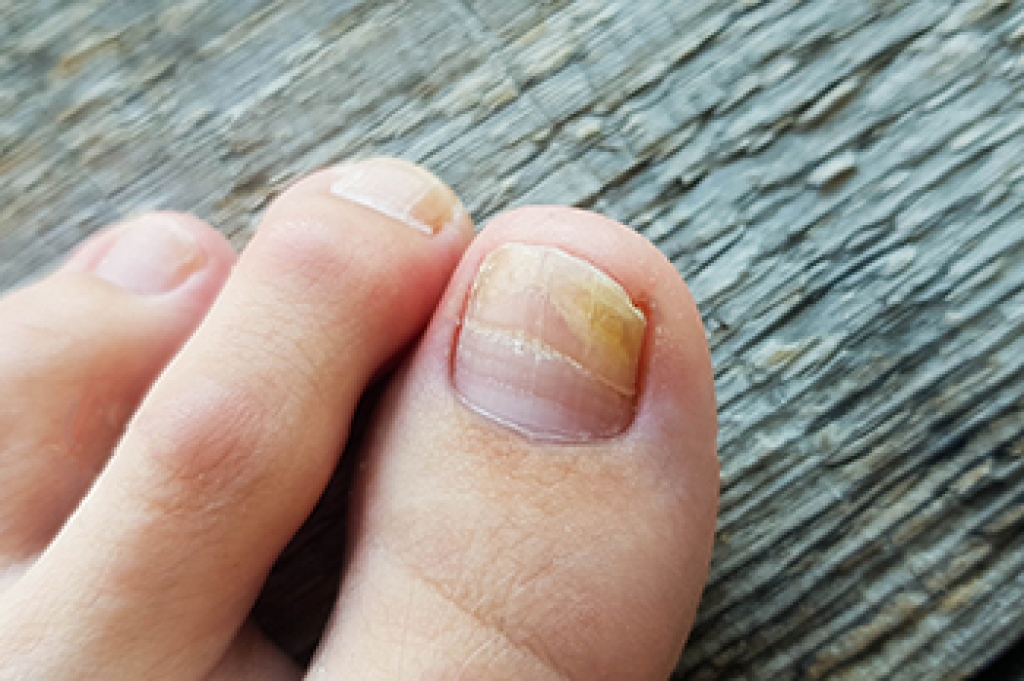Nothing is more embarrassing than having to take off your shoes in public if you have bromodosis, which is the medical term for smelly feet. What causes bromodosis? Bacteria releasing a foul odor as it metabolizes sweat that has accumulated on your skin. Proper hygiene and foot care can usually help you keep bromodosis at bay. Be sure to wash and dry your feet at least once daily. Try antifungal or antibacterial soap. Dry thoroughly between toes and remove any hardened dead skin which are places where bacteria can thrive. Keep your toenails clean and trimmed. Be sure to put on a fresh pair of socks at least once a day, and possibly more if you exercise or live in a hot climate. Moisture-wicking socks that draw moisture away from your skin are best. Shoes should not fit tightly. They should also be switched out every day so they can dry out to prevent bacteria from growing in them. You can also try antifungal foot spray, medicated foot powder, or even foot soaks. Contact your podiatrist if these measures do not get rid of your bromodosis, or if you believe you may have excessively sweaty feet, medically referred to as hyperhydrosis.
Everyday foot care is very important to prevent infection and other foot ailments. If you need your feet checked, contact one of our podiatrists from APEX Foot & Ankle Center. Our doctors can provide the care you need to keep you pain-free and on your feet.
Everyday Foot Care
Often, people take care of their bodies, face and hair more so than they do for their feet. But the feet are a very important aspect of our bodies, and one that we should pay more attention to. Without our feet, we would not be able to perform most daily tasks.
It is best to check your feet regularly to make sure there are no new bruises or cuts that you may not have noticed before. For dry feet, moisturizer can easily be a remedy and can be applied as often as necessary to the affected areas. Wearing shoes that fit well can also help you maintain good foot health, as well as making it easier to walk and do daily activities without the stress or pain of ill-fitting shoes, high heels, or even flip flops. Wearing clean socks with closed shoes is important to ensure that sweat and bacteria do not accumulate within the shoe. Clean socks help to prevent Athlete’s foot, fungi problems, bad odors, and can absorb sweat.
If you have any questions, please feel free to contact our offices located in Fort Myers, Shellpoint, and Naples, FL . We offer the newest diagnostic and treatment technologies for all your foot care needs.
